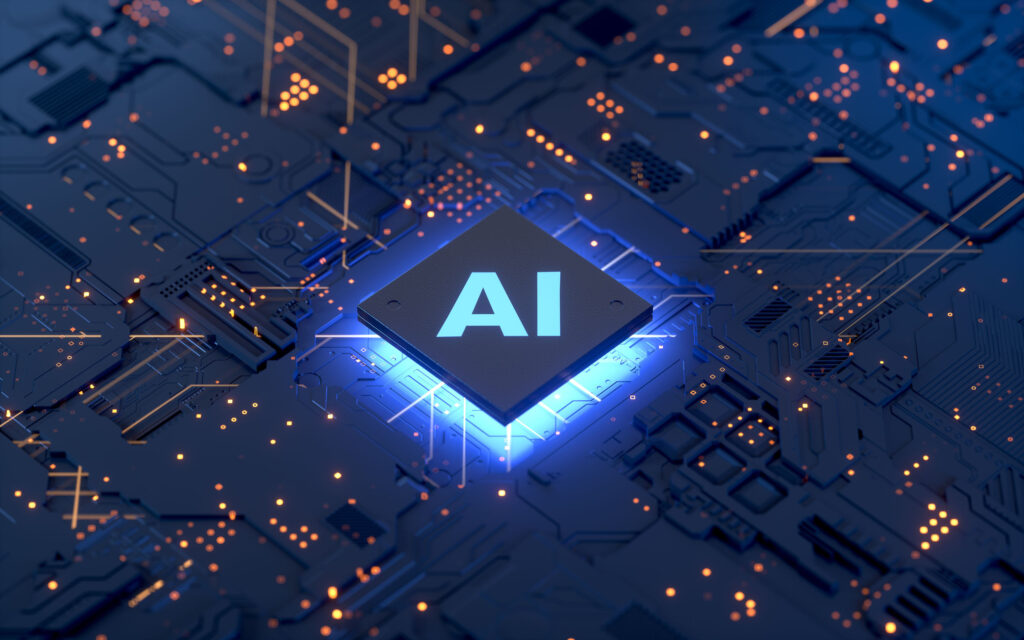How Artificial Intelligence is Changing Recruiting—for Better or Worse

Artificial intelligence technology promises significant benefits for recruiters charged with finding the best job candidates, and human resources professionals are bullish on its prospects. But AI is not without its challenges, most notably in terms of removing bias from the hiring process—even though that’s one of the challenges AI is supposed to help with.
A Gartner survey last year found 23% of organizations that were piloting or using AI were doing so in the HR and recruiting domain. Korn Ferry surveyed 770 talent acquisition professionals and nearly half (48%) said AI was making their jobs easier. The top reasons respondents cited were:
- Provides valuable insights: 40%
- Frees up time: 27%
- Enables teams to focus more on the human aspect of the business: 21%
- Helps make better decisions: 12%
“Overall, AI applications can analyze and interpret candidates’ responses and predict candidates’ degree of fit and performance for current vacancies and other potential roles,” said Helen Poitevin, Research Vice President at Gartner. “AI applications should also be able to take over repetitive administrative tasks and enable recruiters to focus on strategic tasks.”
Benefits of AI in the Recruiting Process
That assessment jibes with what other experts are saying about how AI helps with myriad recruiting-related tasks.
It starts with improving job postings. AI algorithms can analyze successful job postings and make wording suggestions to address the needs of specific candidates. “This saves hours and improves the applicant pool,” according to a story in U.S News & World Report.
Once the resumes start coming in, AI can help assess them. “I’ve hired a lot in my time, and the most time-consuming task is getting the best candidates selected for a tier-one interview by sifting through hundreds of possibles,” Tracy Repchuk, founder of the marketing solutions firm InnerSurf International, told Forbes. “AI can search to find matching candidates, make contact, conduct preliminary interviews, assess resumes, and present the best for an interview.”
AI also enables recruiters to conduct highly targeted searches for job candidates, including “passive” candidates—those who aren’t actively looking for a job. This is an important pool, as LinkedIn estimates 70% of the global workforce consists of passive talent while the remaining 30% are actively seeking new jobs. Overall, however, 87% of both pools are open to new opportunities.
Engage Talent is one company that aims to help recruiters target passive candidates. It combines competitive intelligence, news and workforce data to predict when candidates may be ripe for a job change, according to a blog post at the Society for Human Resource Management (SHRM) website. Engage would enable recruiters to search for “critical care nurses in Dallas with master’s degrees who work for health care systems that are closing locations,” the post notes.
Another effective use of AI in recruiting is in digging up candidates that applied to your company previously but were not hired and perhaps not even contacted. As the US News article points out, it’s time-consuming for HR to mine all those previous applications, but a relative snap for AI algorithms.
Once you find candidates, AI can also help you interview them. AI-based video interview platforms can ask a candidate questions and analyze the responses along with facial expressions, tone and the like. The algorithms offer up assessments of which candidates should be moved along for in-person interviews.
Part of the beauty of such platforms, according to AI vendors, is they remove any bias that a human interviewer may have. “Human intervention always implies a certain share of unconscious or conscious bias,” says a blog post at the AI vendor TalentLyft’s site. “Biased decisions are a common problem for all sorts of organizations, and AI solutions are able to minimize this element. Companies get a great opportunity to hire only the best candidates based on their real potential, as all the decisions are made taking into account data and resume only.”
Challenges with AI in Recruiting
But many experts say it’s not so simple, and that bias can actually be built into AI solutions.
Reuters last year reported on a project at Amazon aimed at “mechanizing” the search for talent by using AI to rate candidates on a scale of one to five.
Eventually, Amazon discovered its algorithms had a flaw: they favored men. The problem stemmed from the fact that the models were trained on actual resumes submitted to Amazon over a 10-year period, the majority of which came from men—“a reflection of male dominance across the tech industry,” as the Reuters story says.
“In effect, Amazon’s system taught itself that male candidates were preferable. It penalized resumes that included the word ‘women’s,’ as in ‘women’s chess club captain.’ And it downgraded graduates of two all-women’s colleges,” the story says.
The story illustrates the challenge in removing bias because an algorithm is only as good as the programmer who wrote it and the data it’s trained on.
Mike Trigg, chief marketing officer at Entelo, which uses an AI tool to anonymize job candidates, put it this way to US News: “If the machine is learning from a biased recruiter, that has the potential to reinforce bias rather than remove bias from the hiring process.”
Another challenge is in tweaking the tool to get the results you want. A recruiter friend of mine used an AI tool at his previous employer, a bioscience company, to search for job candidates. “It helped, but not that much,” he said. “We had to constantly re-adjust the parameters to get exactly what we needed. It was actually faster to just do the search ourselves.”
But that’s not all. “And it was extremely expensive. For much less money you could hire a contract sourcer and get twice as much return from it.”